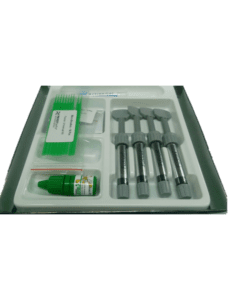Home » Exploring Polyethylene Terephthalate (PET) In Packaging
Exploring Polyethylene Terephthalate (PET) In Packaging
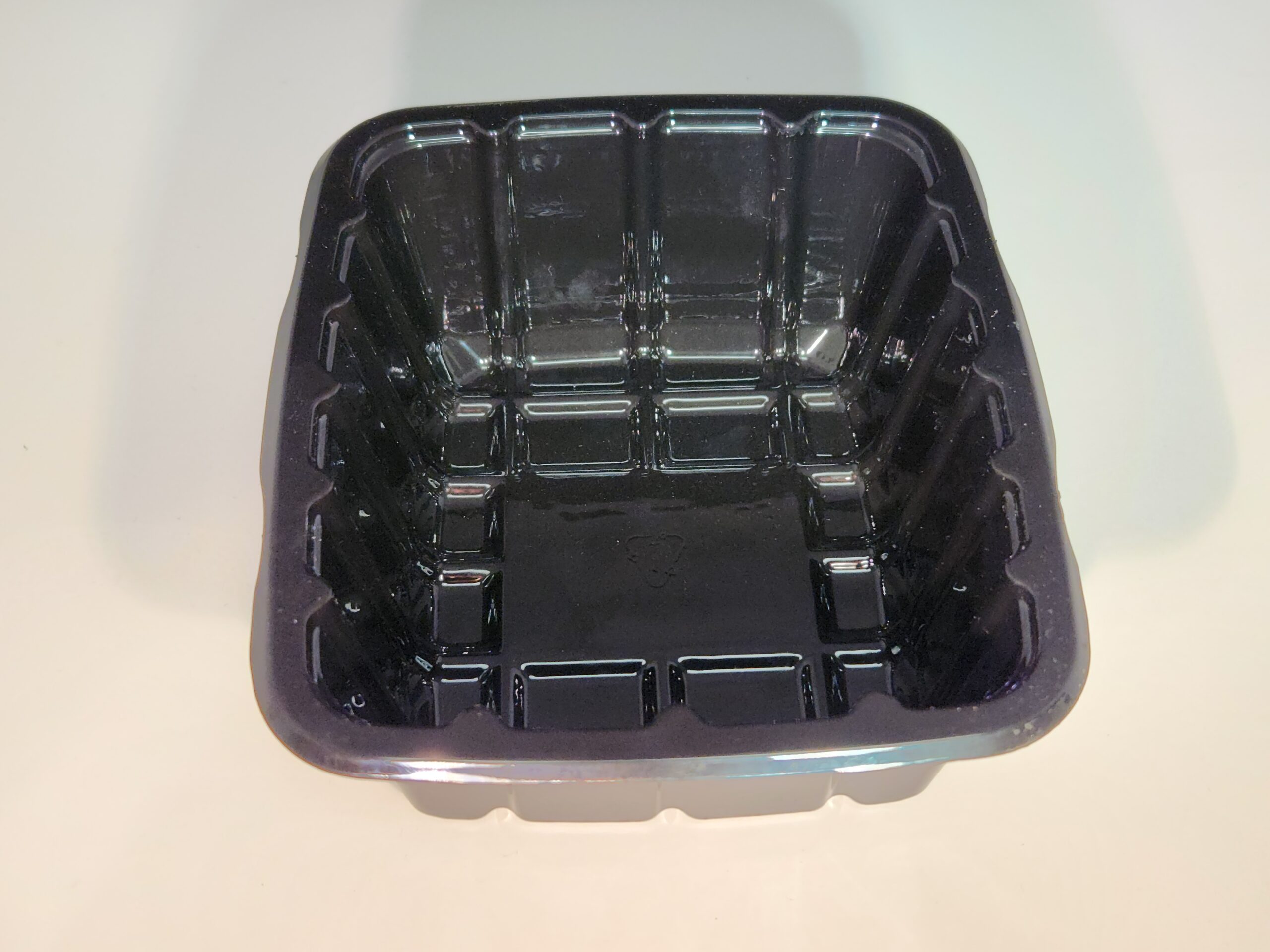
Polyethylene terephthalate, commonly abbreviated, stands out in the packaging industry for its versatility and environmental friendliness. Recognized as the most widely recycled plastic worldwide, this polymer combines clarity, durability, and lightweight properties, making it ideal for a diverse range of packaging applications.
Understanding Polymer Packaging
What Is This Material?
This polymer is known for its robustness and chemical inertness. It is inherently clear, allowing for excellent visibility of the product inside, which is crucial for consumer goods. Its strength ensures it can handle the rigors of transport and retail environments without compromising the product’s integrity. Additionally, it is lightweight, reducing transportation costs and lessening the environmental impact.
Eco-Friendly Aspects
A significant advantage of this material is its sustainability. It can be recycled repeatedly without degradation in quality, contributing to a circular economy. Innovations in recycled content underscore the material’s role in promoting environmental sustainability.
Benefits of Using This Polymer for Packaging
- Design Flexibility: The versatility allows it to be molded into various shapes and sizes—from standard rectangles to intricate designs. This flexibility enables brands to create unique packaging that stands out on the shelves and communicates the product’s message effectively.
- Moisture Resistance: Unlike materials such as cardboard, it retains its shape and integrity even in moist environments, protecting the product and maintaining the packaging’s aesthetic appeal.
- Lightweight and Durable: Despite its light weight, it is remarkably strong, providing excellent protection for the contents while reducing the overall weight of the package. This strength-to-weight ratio makes it an economical choice for manufacturers and distributors.
- Food Safety: The food-safe properties make it an ideal choice for food and beverage packaging, ensuring that products remain safe and uncontaminated from production to consumption.
Applications of Polymer Packaging
Its attributes make it suitable for a wide array of products:
- Food and Beverage: From bottled beverages to blister packaging for perishables, its clarity and safety are highly valued.
- Pharmaceuticals: It provides secure, tamper-evident packaging for medicines, ensuring product integrity and patient safety.
- Cosmetics and Personal Care: The aesthetic appeal and durability make it suitable for high-end cosmetics and everyday personal care products.
- Electronics and Gift Packs: The strong yet lightweight nature protects electronics and gifts while allowing for attractive, custom designs.
- Household Items and Toys: Its robustness makes it suitable for packaging various household goods and children’s toys, ensuring safety and durability.
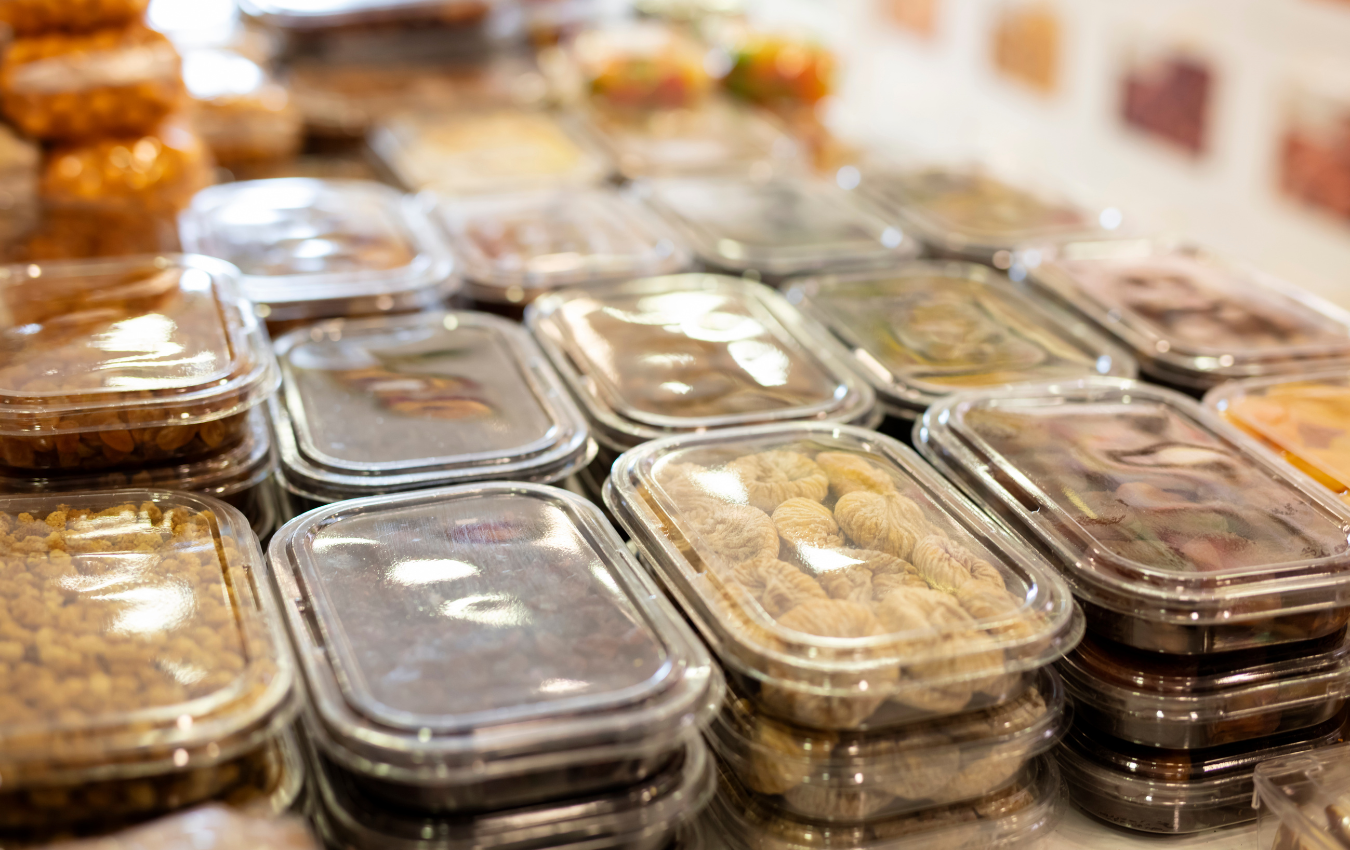
Why Choose Polymer Packaging?
Choosing this material for your packaging needs means investing in a material that offers superior performance in both protection and presentation. It supports innovative design possibilities that can enhance brand perception and consumer attraction. Additionally, its environmental credentials help companies meet sustainability goals, an increasingly important factor in consumer decisions.
For businesses looking to leverage these benefits, partnering with a provider like Brown Packaging, skilled in designing and producing high-quality solutions, is crucial. Such partnerships enable businesses to fully utilize the advantages of this material, from conceptual design to the final product. Whether for simple storage solutions or complex marketing displays, Brown Packaging offers a clear, sustainable choice that meets both practical and aesthetic needs effectively.
RSC boxes are known for their efficiency and versatility, but their performance ultimately comes down to strength. Buyers often see numbers like ECT, BCT, and
In packaging, foam isn’t just about initial protection — it’s about maintaining performance over the entire shipping or storage cycle. Compression set and recovery characteristics
Pouches are a go-to for flexibility and convenience, but they can fail in critical ways—from poor seals to punctures and delamination—that hurt performance and brand
In the retail environment, the placement of Point of Purchase (POP) displays is just as critical as their design and content. Strategic positioning can significantly
Choosing the right foam density isn’t about “soft” versus “hard” — it’s about controlling shock transmission and matching the foam’s cushioning curve to the product’s
Moisture resistance and dimensional stability are critical performance factors for custom inserts, especially when products are shipped or stored in variable climates. Both foam and
Home » Exploring Polyethylene Terephthalate (PET) In Packaging
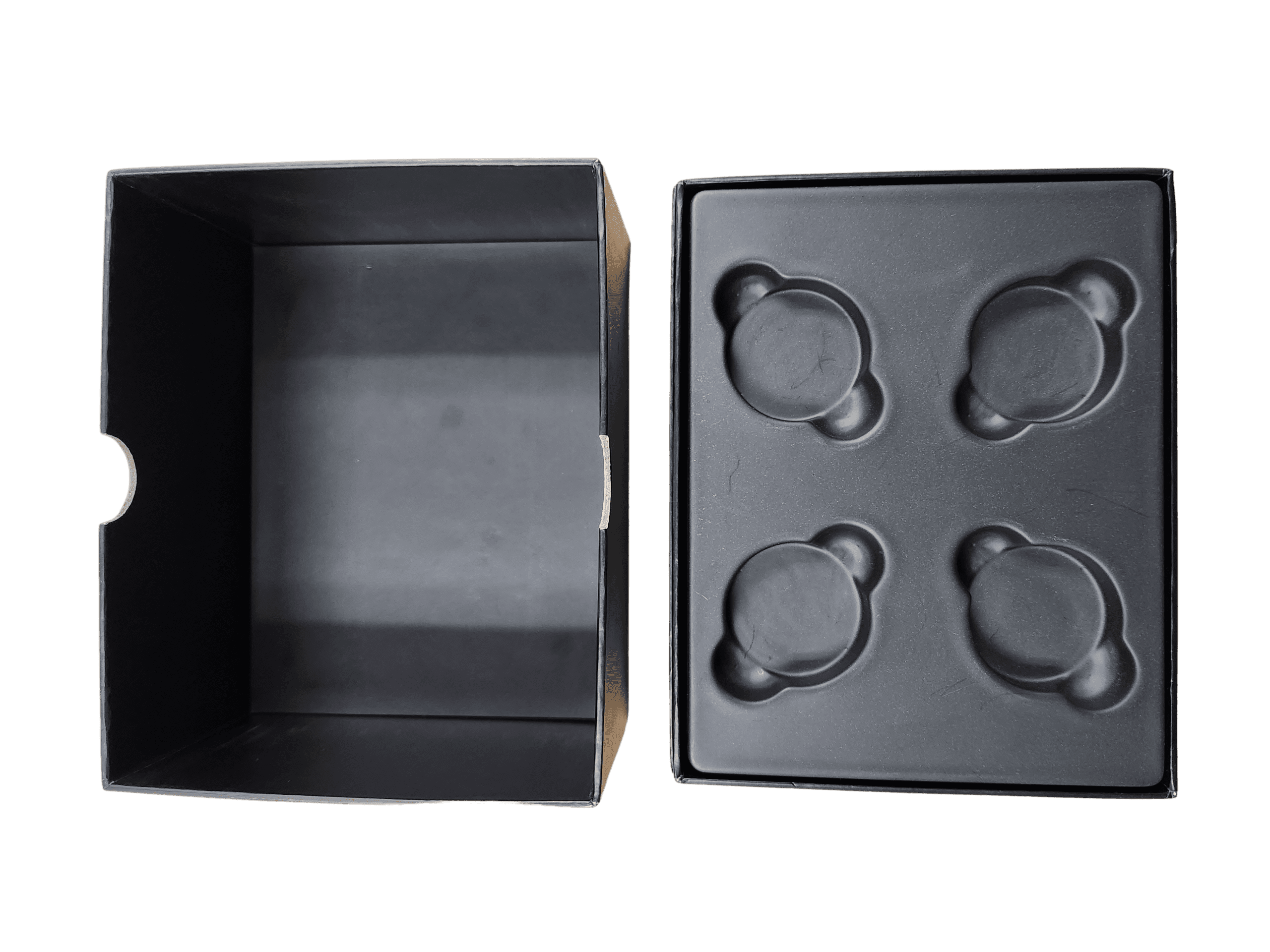
High Impact Polystyrene, commonly known as HIPS, is a versatile and widely used thermoplastic renowned for its unique blend of properties. This material is crucial
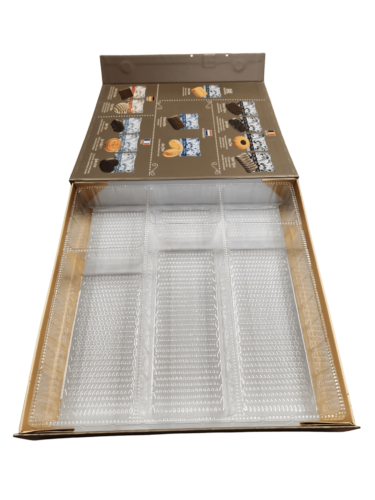
In the dynamic and ever-evolving food industry, packaging plays a pivotal role in preserving the quality, safety, and freshness of products while also captivating consumers
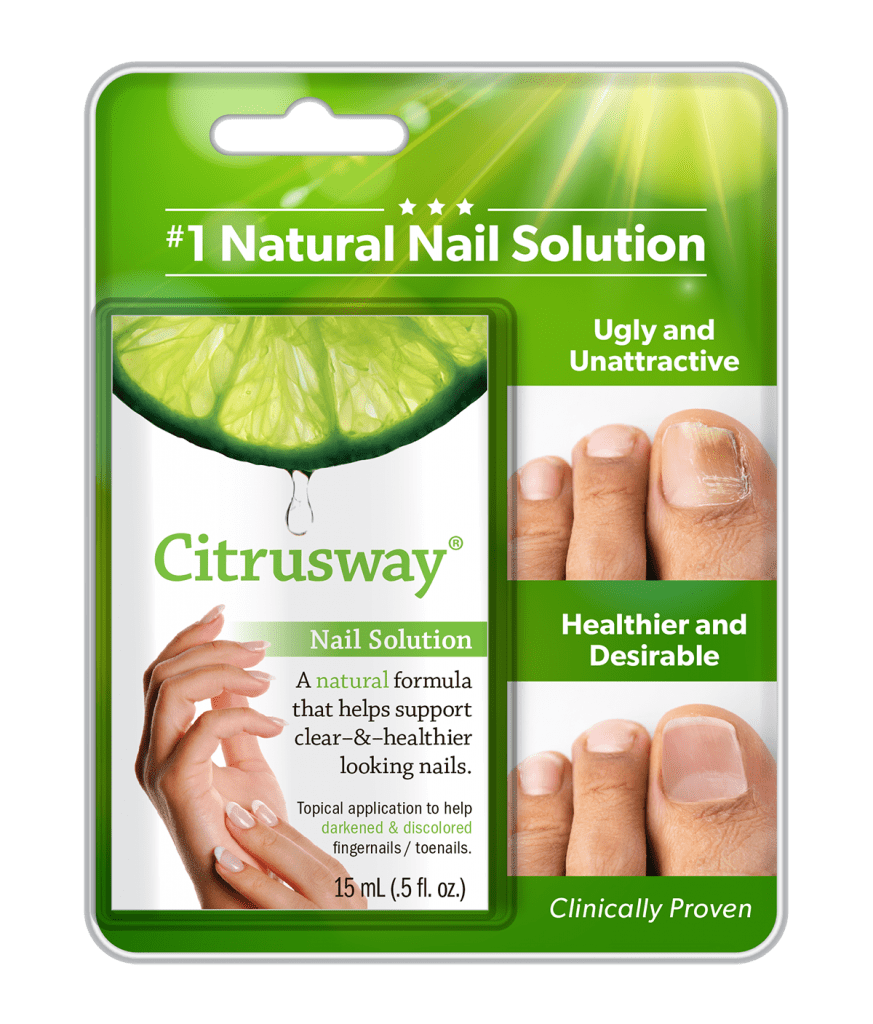
Polyvinyl chloride, commonly known as PVC, is a widely used plastic in the packaging industry, celebrated for its versatility and durability. PVC’s unique properties make


